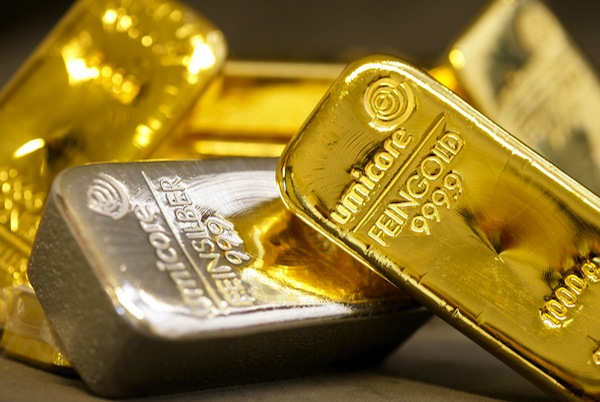Counterfeiting in the Gold Market Very Rare, Experts Say


A news story that appeared in the New York Post reported that a dealer in New York City's diamond district unknowingly acquired phony gold bars. The dealer later discovered that at least ten bars of gold he purchased were counterfeit. The bars had just a gold coating on the outside with the majority of the bar being tungsten.
A gold dealer named Ibrahim Fadl, the man who received these fake gold bars, stated in the report how they came into his possession:
"Fadl, a Columbia University graduate with a master’s degree in chemical engineering, and who has more than 40 years in the industry, purchased the four fake bars from a well-known Russian salesman with whom he has done business."
The counterfeiter buys a legitimate gold bar from a well known gold mint. They then take the bar, slice it in half, and hollow out the inside. A tungsten ingot, which is similar in weight, is placed into the center of the bar. It is then put back together and then sold as pure gold. This type of counterfeiting takes a huge upfront investment as the counterfeiter has to purchase real gold bars. In addition, a significant amount of skill is needed to fool anyone who has been in this market as long as Mr. Fadl has.
However, this type of story is not new. Last year, Congressman Ron Paul, who chairs the House Subcommittee on Domestic Monetary Policy, requested an audit of Fort Knox in Kentucky. The request was in response to a story that a huge shipment of gold bars that were delivered to China turned out to be fake. The story could not be verified and is considered an Internet rumor. In March, a poorly constructed fake, reported by ABC Bullion, was quickly detected because the bar was discovered to be underweight.
So, how prevalent is the issue of counterfeiting in the gold market and what can buyers do to protect themselves?
Detailed research on the matter and people with extensive experience in the gold market can reassure buyers and people looking to invest in the market that such counterfeiting practices are not that common. An essay written by Bron Suchecki, from the respected Perth Mint in Australia, puts together a good argument that these incidents are exceedingly rare. Mr. Suckecki points out that gold bars are melted quite frequently to make jewelry, coins, and new bars. Therefore, a large scale operation would be easily detected.
In addition, if buyers are dealing with a reputable dealer or directly with a mint they should have little to worry about. If people looking to get into the market read the entire story about the gold bars Mr. Fadl purchased, he mentioned that the dealer offered him a huge discount when gold prices are on the rise. This should have been a huge red flag for Fadl, but he decided against his better judgement and made the purchase only to verify what he suspected later.


